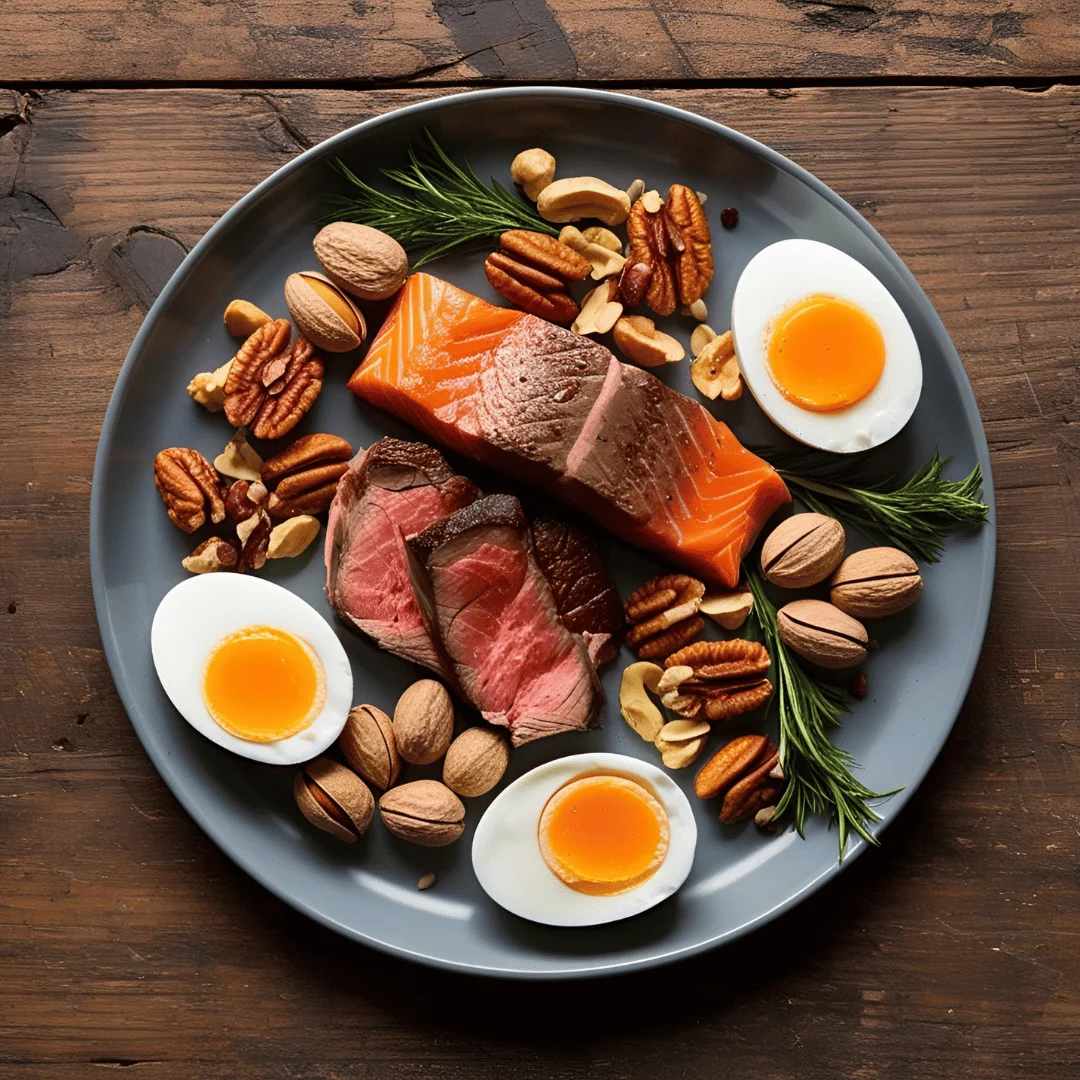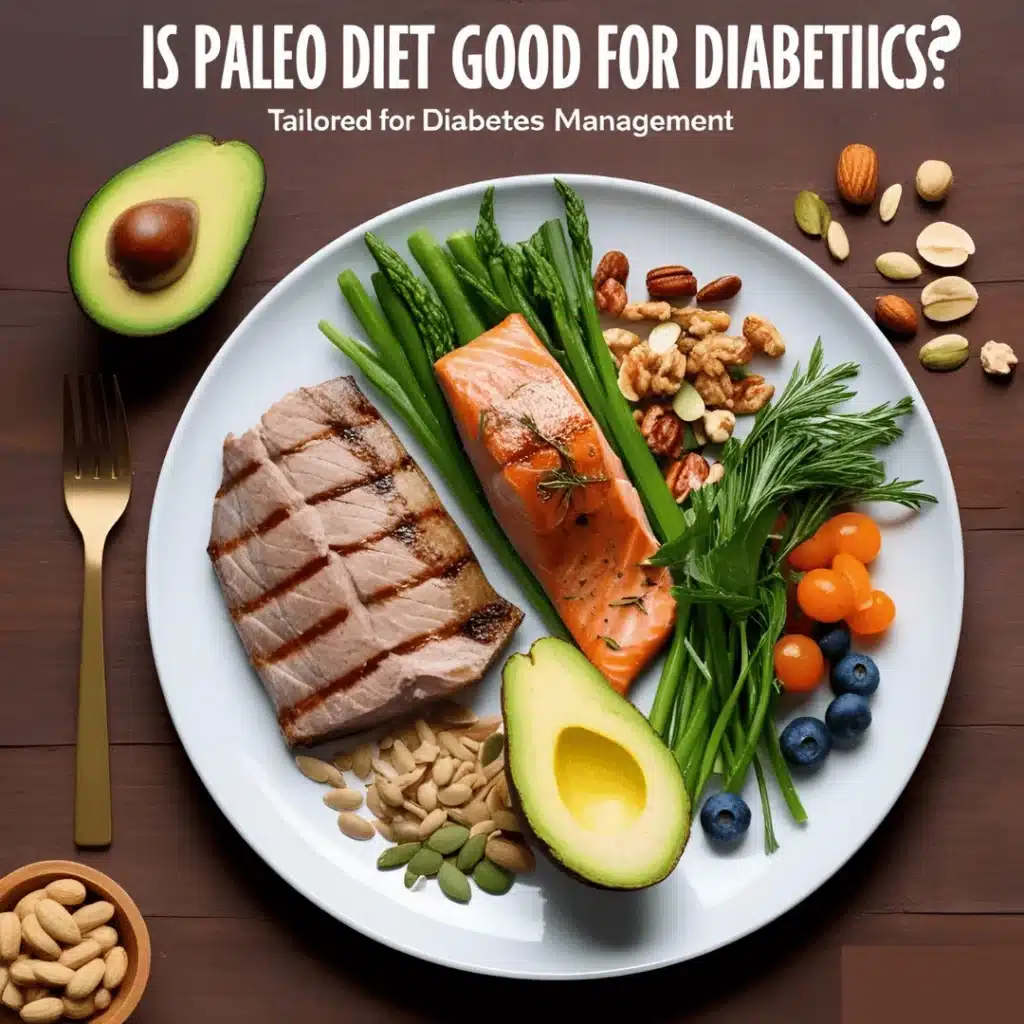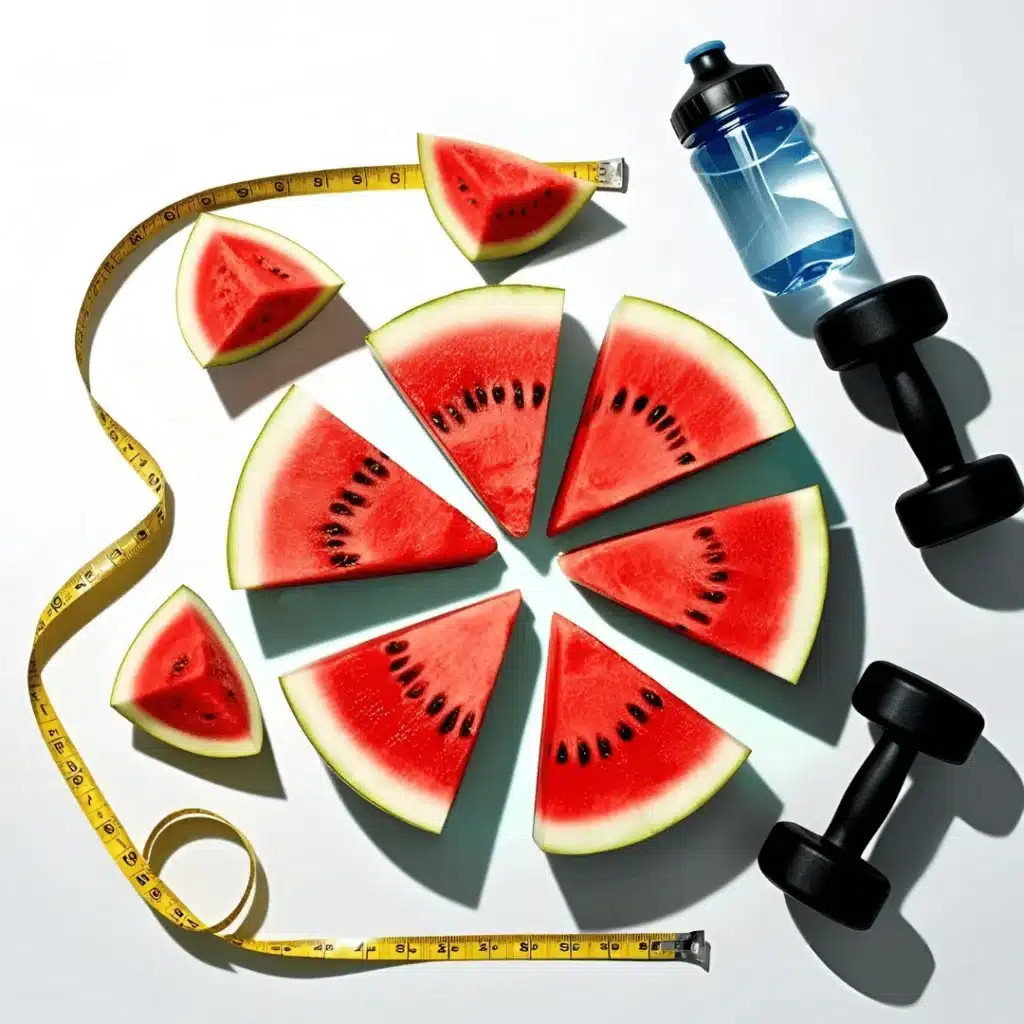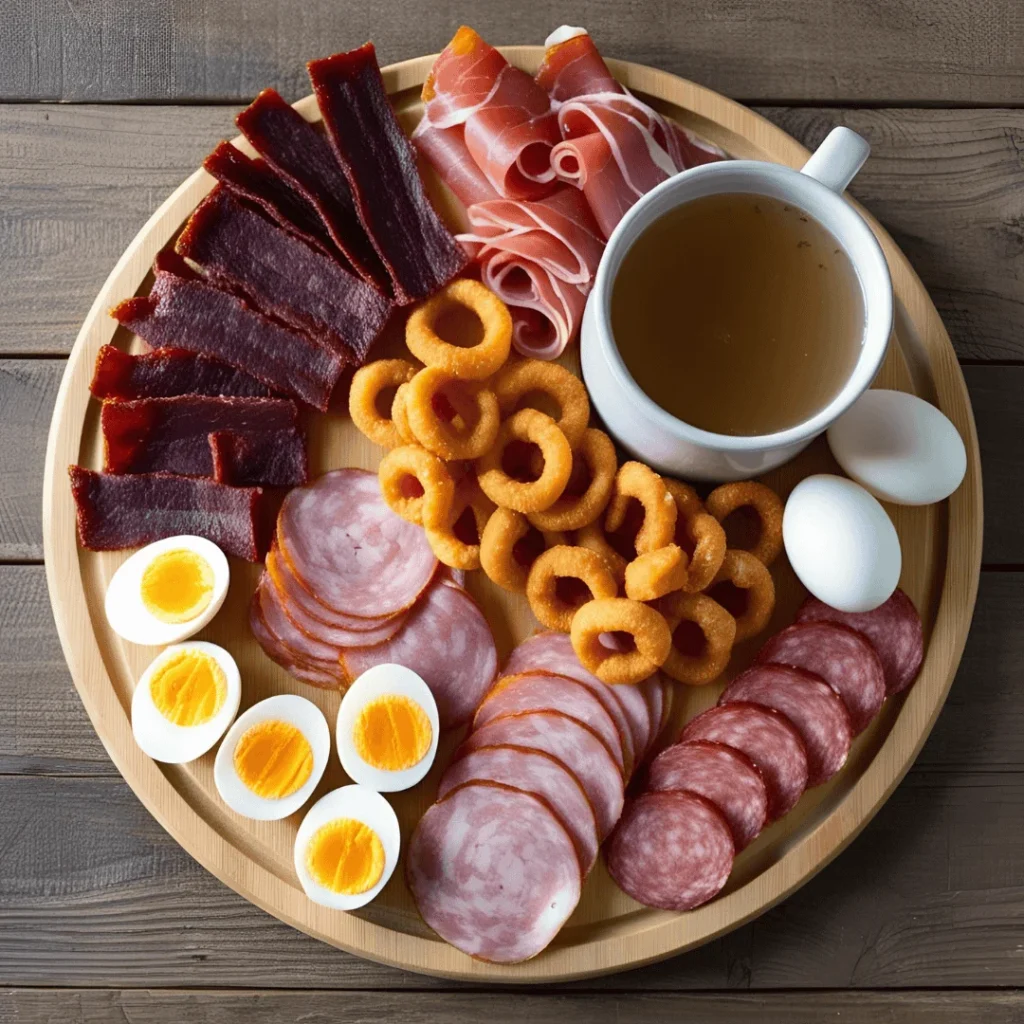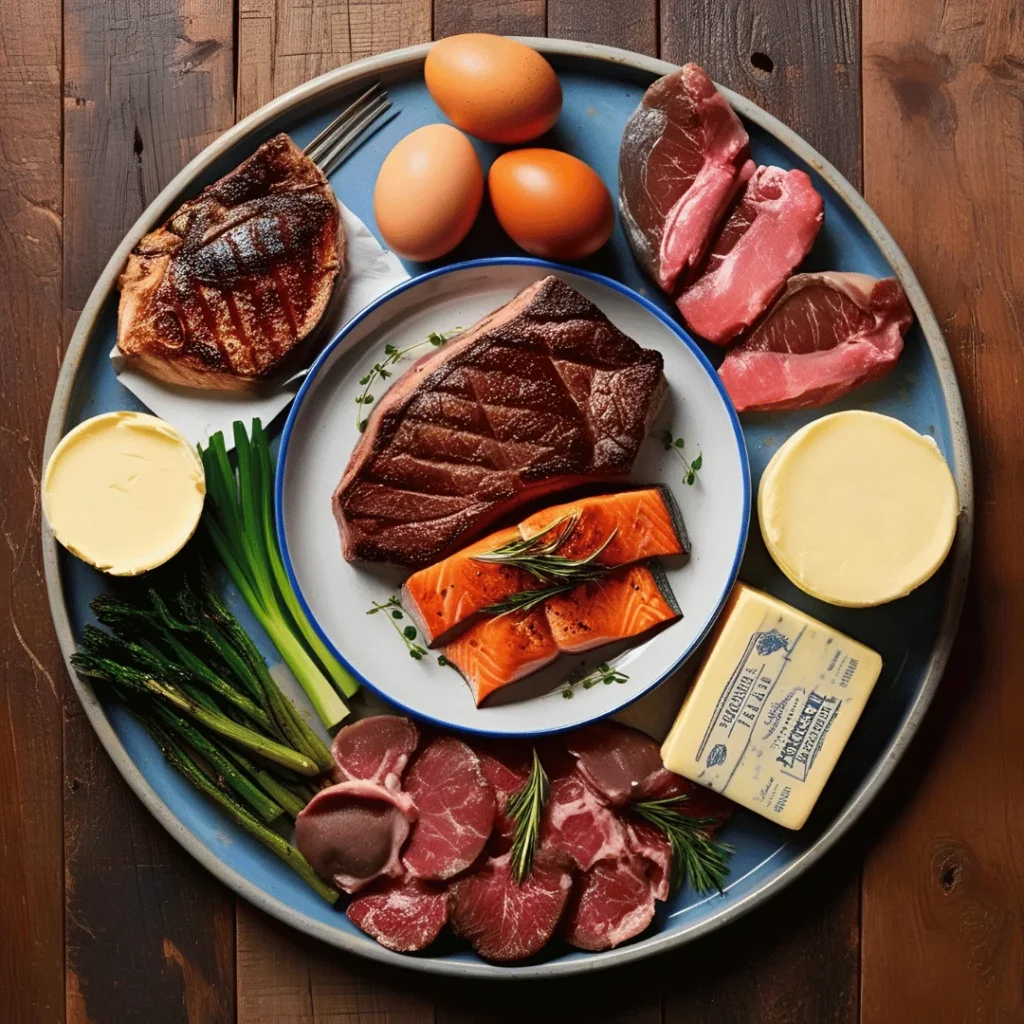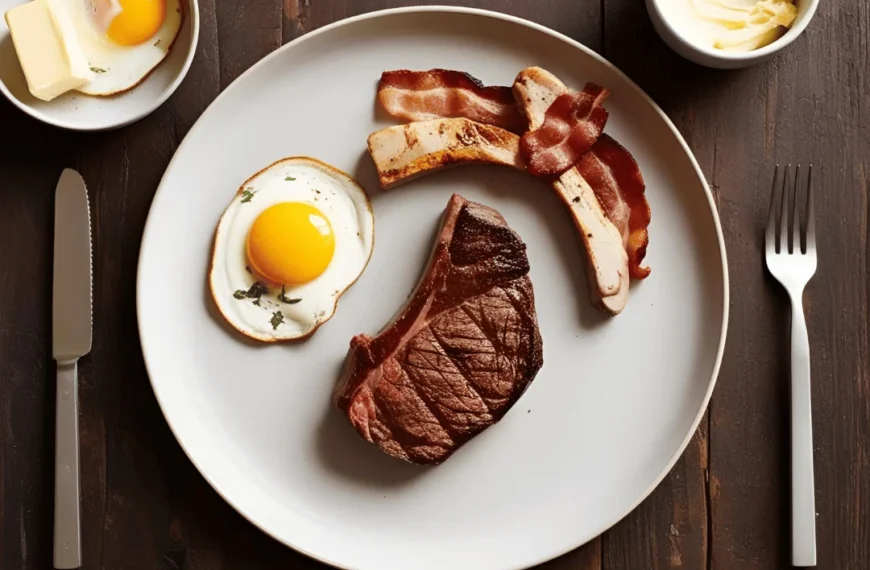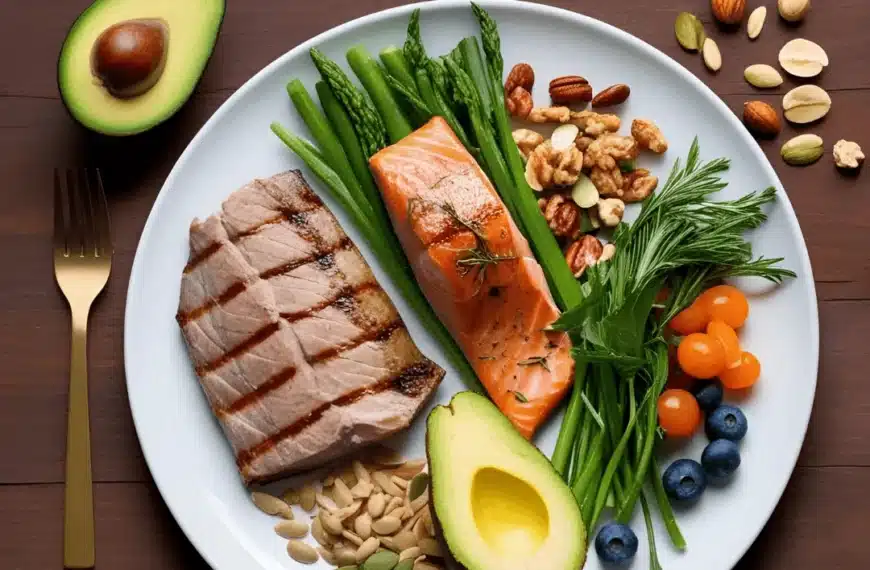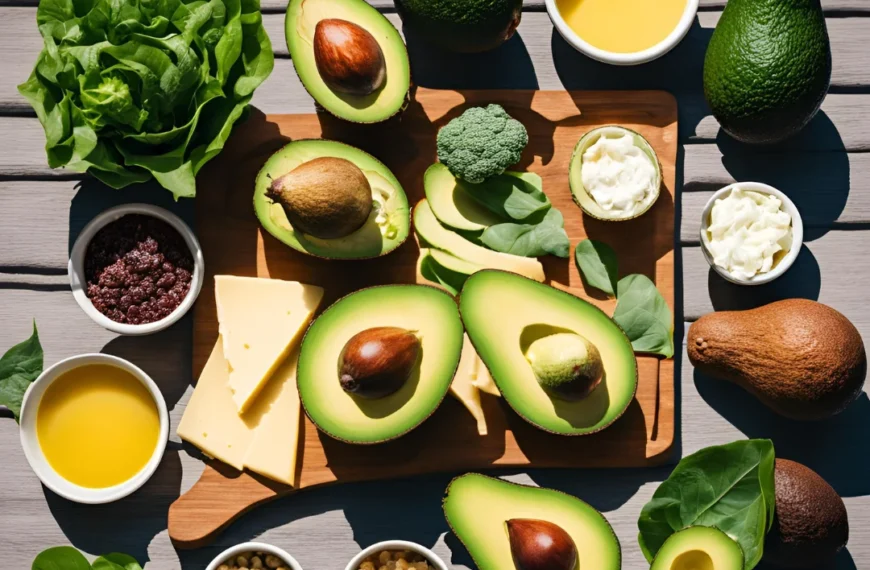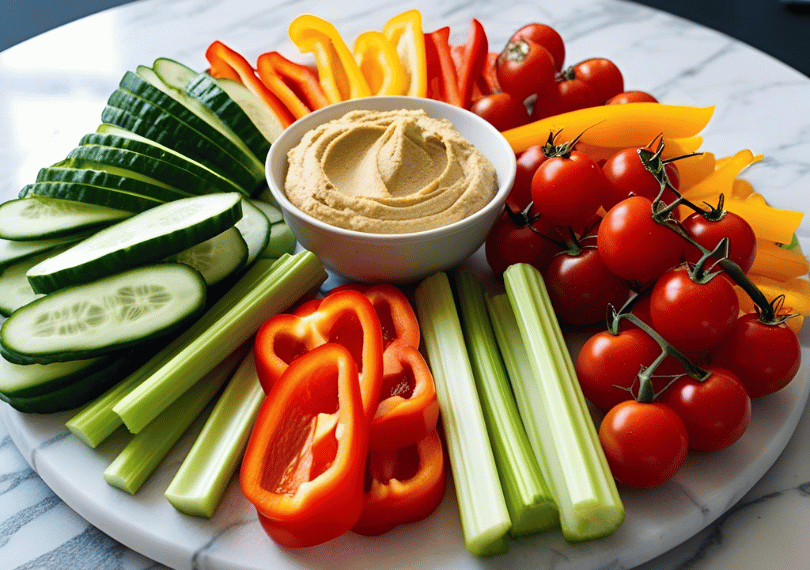Summary
For muscle growth, a high protein diet is fundamental as it under pins muscle protein synthesis (MPS), the repairing and building of muscle tissue. Athletes need about 1.6 to 2.2 grams of protein per kilogram of body weight, and the lower end holds for bodybuilders from the average person. Protein comes from both animal (chicken, beef, fish, eggs, dairy) and plant sources (legumes, tofu, quinoa, nuts). Animal-proteins are whole because they have nine essential amino acids. Then there are high protein diet plans such as ketogenic, paleolithic, and Mediterranean, that can be adapted for muscle-building goals and fat loss.
A good way to meal plan is to ensure meals include protein, which can come from snacks, such as Greek yogurt, protein bars or hard-boiled eggs. This means that protein should be consumed both prior to as well as post exercise for maximal muscle recovery. Animal proteins deliver all nine essential amino acids for muscle recovery, but plant-based proteins can be combined so you get the full amino acid picture. Protein supplements (whey or plant-based powders) can help you get enough protein when the whole foods aren’t available. High protein diets — safe for healthy people and beneficial for muscle development when balanced with carbohydrates and fats — have even less linkage with reduced mortality.
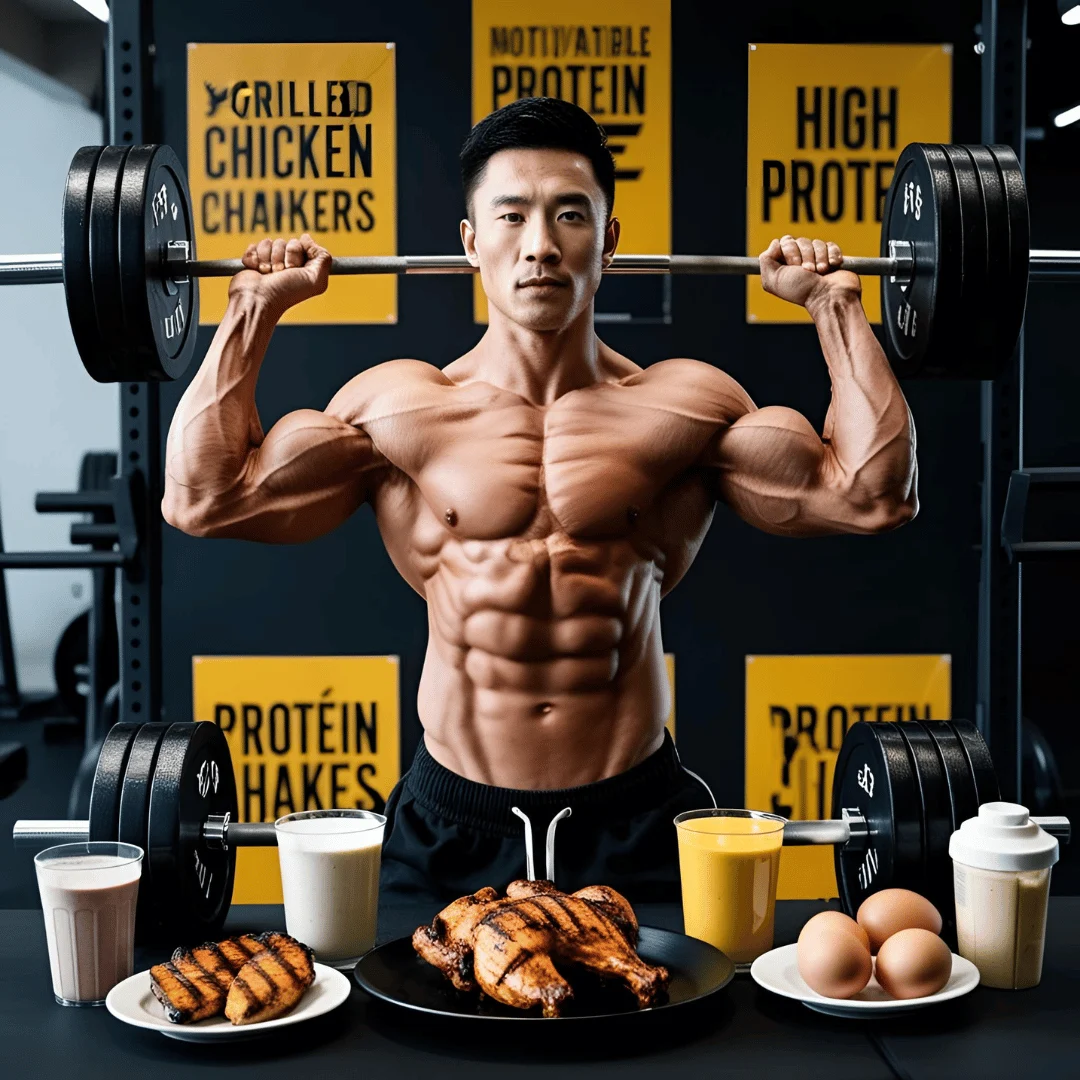
Protein 101 for Muscle Growth
Muscle Protein Synthesis
Muscle protein synthesis (MPS) is the process of creating new muscle proteins, which is vital for muscle growth and repair. MPS increases after exercise, particularly resistance training, to repair micro-tears in muscle fibers, resulting in muscle hypertrophy (growth). Amino acids are supplied by protein for this process.
Protein Requirements for Athletes
The required amount of protein depends on the level of activity and body composition. A rough thumb rule is that athletes need 1.6 to 2.2 grams of protein per kg of body weight. This is a range to aim for, with bodybuilders or those doing very vigorous training needing the upper end.
Animal vs. Plant Protein
Animal proteins (chicken, beef, fish, eggs, dairy) are complete, meaning they contain all nine essential amino acids. Plant proteins (legumes, beans, tofu, quinoa, nuts) are also protein-rich but in most cases, they will lack one or more essential amino acids. The full profile can be met by mixing dependent fish plant sources.
High Protein Diet Plans
Ketogenic Diet
The low-carb, high-fat, moderate-protein diet is called ketogenic, and it puts the body into a state of ketosis, in which fat, rather than carbohydrates, is used for energy. Protein intake is moderate to high, to facilitate muscle repair and avoid excess gluconeogenesis (the conversion of protein to glucose).
Paleo Diet
Eat whole foods, foods that our pre-agricultural ancestors would have eaten. The paleo diet is rich in lean meats, fish, fruits, vegetables, nuts, seeds, and high-quality sources of protein, but excludes processed foods and grains.
Mediterranean Diet
Although traditionally moderate in protein content, the Mediterranean diet can easily be adjusted to accommodate protein-rich items, encompassing fish, lean meats, legumes, and nuts. It focuses on healthy fats from olive oil and whole, unprocessed foods.
Low Carb Vs High Protein Diet
High protein, low-carb diets increase protein consumption and reduce carbs in the diet, stimulating muscle growth. This diet is also popular for fat loss and muscle preservation as, in case there are limited carbohydrate intake, the body will utilize protein for fuel.
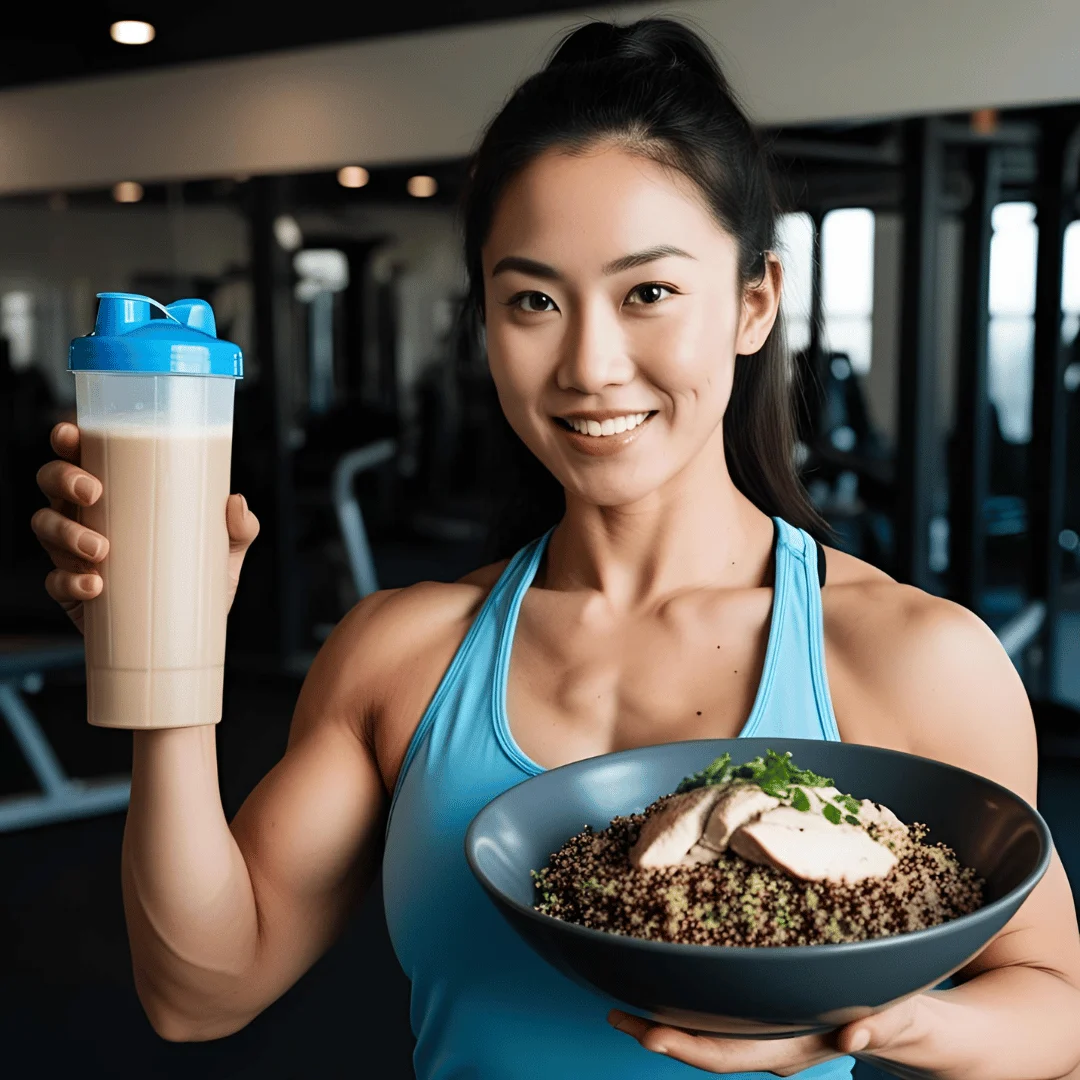
Meal Planning for a High Protein Diet
Balanced Meals
Incorporate protein into every meal. A balanced plate might be 40% protein, 40% vegetables, 20% healthy fats, modify according to your goals. Choose sources, such as lean meat, fish, legumes or plant protein.
Healthy High Protein Snacks
Options can be Greek yogurt, protein bars, hard-boiled eggs, cottage cheese with fruit or roasted chickpeas. These snacks help with everything from muscle recovery to energy crashes.
How To Time Your Protein Consumption
Protein needs to be spread across out throughout they day (especially pre and post workout). Generally speaking, the more protein up to 30–60 minutes post-exercise will ensure that you will maximize muscle recovery.
Pros of High Protein Diet
The Best Sources of Animal Protein
These include different animal proteins such as chicken, turkey, lean beef, eggs, and fish, which are particularly rich in high-quality amino acid profiles, specifically essential amino acids such as leucine, driving muscle protein synthesis.
Important Proteins From Plant Sources
Beans, lentils, quinoa, hemp seeds and tofu are excellent sources of protein for vegans. Although they will have lower levels of some amino acids, combining different sources (like rice and beans) will guarantee a complete amino acid profile.
Protein Supplements: Are They Useful
Once again, a very very useful way to reach daily amounts of protein is having protein powders (whey, casein, plant-based) when whole-food options are not available. But they should be in addition to a well-rounded diet.
high protein diet with eggs
They are a protein-dense food and a complete source of protein (contains all essential amino acids). High bioavailable protein in it makes it an ideal food for muscle repair and growth.
Myths and Misconceptions
Protein Overload Common
Don’t get high protein diets wrong. The body is capable of processing protein in large amounts; excess protein does not damage the kidneys of healthy people. It’s about balance and moderation.
High Protein Intake and Kidney Health
There’s a myth that a high intake of protein damages kidney function. But it is only a concern to people who already have a kidney condition, research shows. High protein is safe for healthy people to eat.
Carbohydrates and Fats
Protein is important for growing your muscles, but carbohydrates and fats are also important. Carbohydrates power high-intensity workouts; fats promote hormone production (including testosterone, which is required for muscle building).
High Protein vs Low Protein
Generally, a high protein diet is more efficient for muscle building and fat burning due to the satiety, muscle repair, and thermogenesis factors. Low protein diets might not be enough to supply you with amino acids to maintain muscle, and tend to cause muscle loss over time.
Conclusion
A high protein diet is essential for building muscle, and there are a variety of protein sources, whether people’s approach is animal– or plant–based, that is right for them depending on where they are in their unique journey to equationing optimum results. And do not forget to balance macronutrients, or eat protein around training for greater muscle building, and other such myths.
FAQs
1. How Much Protein Per Day For Muscle Growth?
To maximize muscle development, you typically want about 1.6-2.2 grams protein per kilogram bodyweight based on activity level/goals.
2. Will a vegetarian diet provide me enough protein?
With careful planning, a vegetarian diet can provide all essential amino acids from plant-based sources such as beans, lentils, quinoa, tofu, and nuts.
3. Best Post-Workout Meals For Recovery?
A post-workout meal needs to contain protein (for muscle repair) and carbohydrates (to replenish glycogen stores), like a protein shake with fruit or grilled chicken with sweet potatoes.
4. Do you need protein shakes to build muscle?
Or better yet, they are not essential, but they can be practical for meeting protein requirements when whole foods aren’t available or practical.
5. What are the common symptoms of protein deficiency?
Muscle loss, weakness, fatigue, and poor recovery from injuries or exercise may be symptoms of a protein deficiency.
6. What makes eggs central to a high protein diet?
Eggs are an excellent source of high-quality protein that contains all the amino acids your body needs to build or repair muscle, as well as healthy fats and vitamins.

